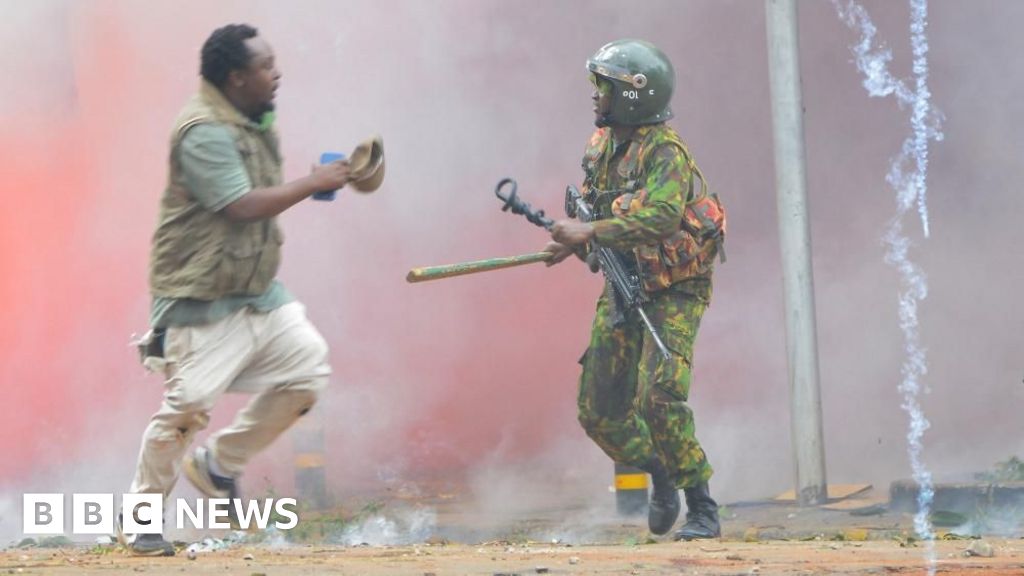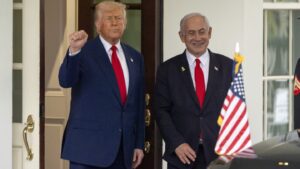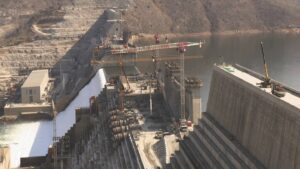
NAIROBI – A violent clash between police and protesters in Kenya has resulted in at least eight deaths and hundreds of injuries, marking a significant escalation in anti-government demonstrations.
Immediate Impact
Police forces in Kenya’s capital, Nairobi, and other cities deployed tear gas and water cannons to disperse thousands of demonstrators protesting against President William Ruto’s administration. The protests, which took place exactly a year after a previous wave of deadly demonstrations, saw protesters chanting “Ruto must go” while waving branches as symbols of peaceful opposition.
Key Details Emerge
The Kenyan government initially banned live television and radio coverage of the protests. However, this decree was overturned by the High Court in Nairobi, allowing media outlets to continue broadcasting the unrest.
At least eight people have been confirmed dead and 400 injured, with 83 requiring specialized treatment and eight suffering gunshot wounds, according to a joint statement by the Kenya Medical Association, Law Society of Kenya, and the Police Reforms Working Group.
Ruto’s Response and Protesters’ Determination
President Ruto, speaking at a burial ceremony in Kilifi County, urged protesters to maintain peace and stability, emphasizing the importance of safeguarding the nation. “Protests should not be to destroy peace in Kenya. We do not have another country to go to when things go wrong. It is our responsibility to keep our country safe,” Ruto stated.
Meanwhile, Amnesty Kenya, a human rights organization, reported a higher death toll of 16, highlighting the severity of the clashes. Demonstrators, including Amina Mude, expressed their frustrations, citing concerns over the country’s direction, particularly in education and governance.
By the Numbers
- 8 confirmed dead
- 400 injured
- 83 require specialized treatment
- 8 gunshot injuries
- 3 police officers injured
Background Context
The unrest in Kenya traces back to a series of anti-government protests in 2024, which were met with a heavy-handed response from security forces. The current demonstrations reflect ongoing dissatisfaction with President Ruto’s leadership, with citizens demanding change and accountability.
In Nairobi, protesters marched past shuttered shops and empty streets, while the fence around the parliament was lined with wreaths and notes from grieving families, serving as a poignant reminder of last year’s tragedies.
What Comes Next
The protests have raised questions about the future of political stability in Kenya. The government’s response and the international community’s reaction will be closely watched as the situation unfolds.
As tensions remain high, the focus will be on how the Ruto administration addresses the grievances of its citizens and whether meaningful dialogue can be established to prevent further violence.
With the potential for continued unrest, the implications for Kenya’s political landscape are significant, and the coming days will be crucial in determining the path forward.







